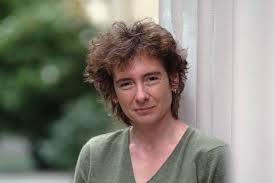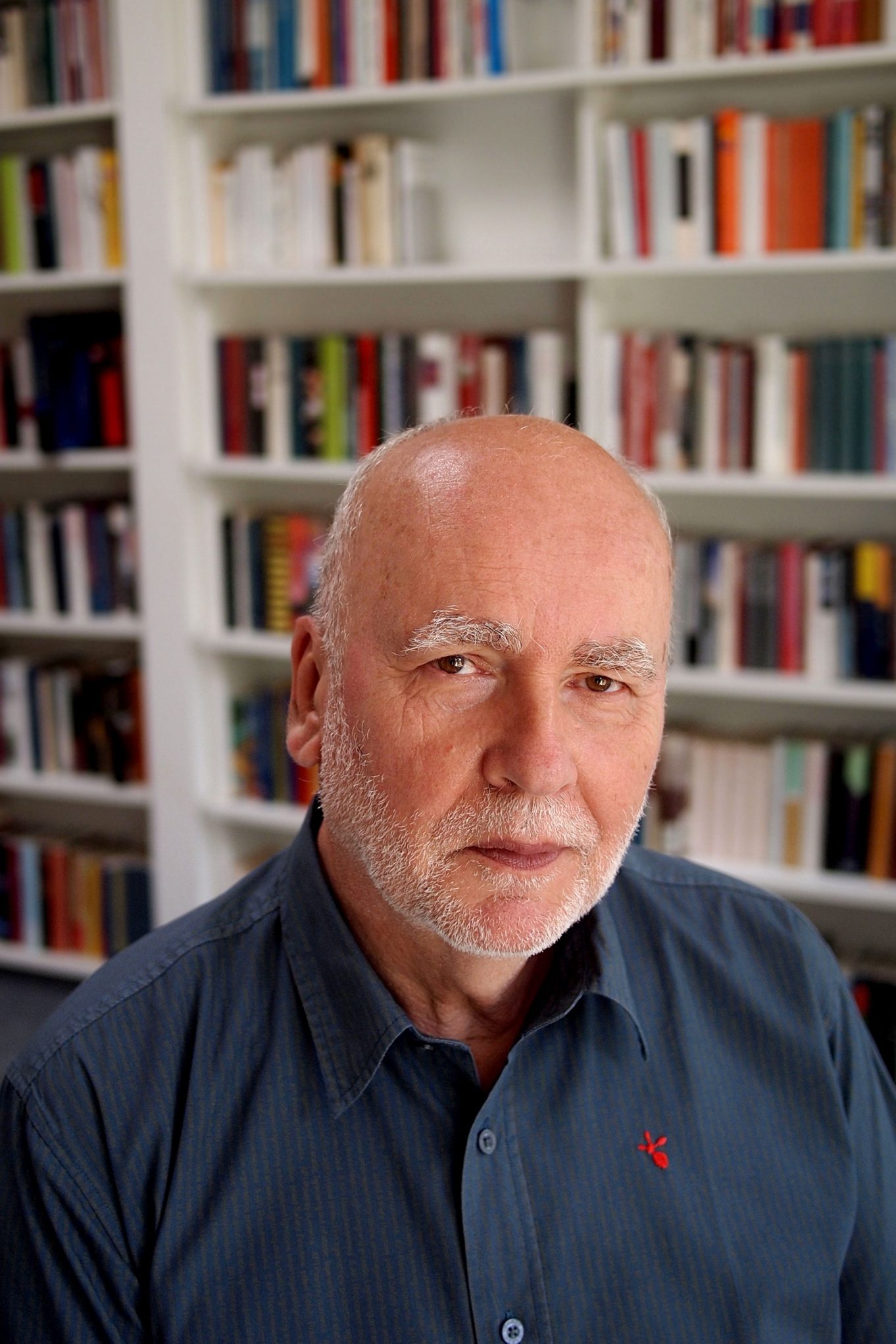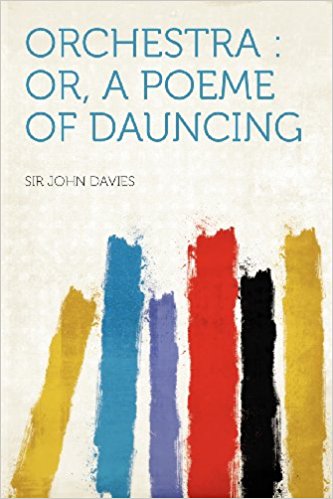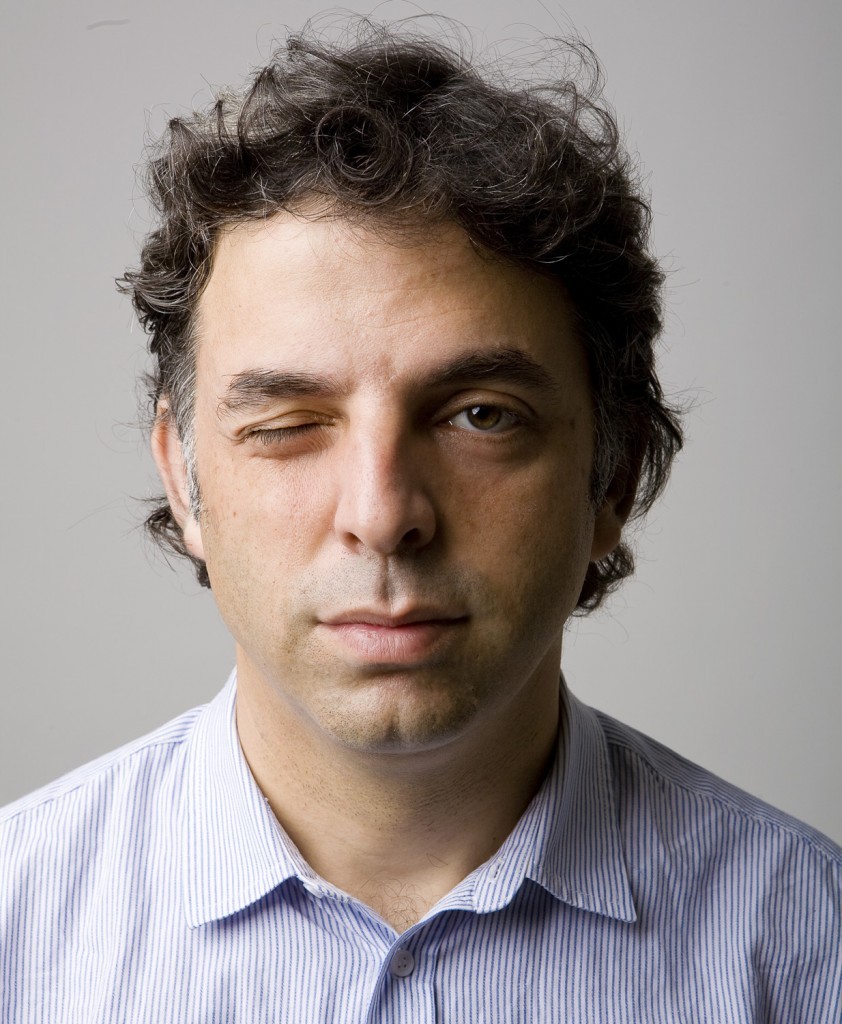Much has been written on the beginning of life and the oxygen revolution but possibly never as vibrantly as in Jeanette Winterson‘s Weight: The Myth of Atlas and Heracles. This is the opening chapter:
“I want to tell the story again
The free man never thinks of escape.
In the beginning there was nothing. Not even space and time. You could have thrown the universe at me and I would have caught it in one hand. There was no universe. It was easy to beat.
This happy nothing ended fifteen aeons ago. It was a strange time, and what I know is told to me in radioactive whispers; that‘s all there is left of one great shout into the silence. Read More










